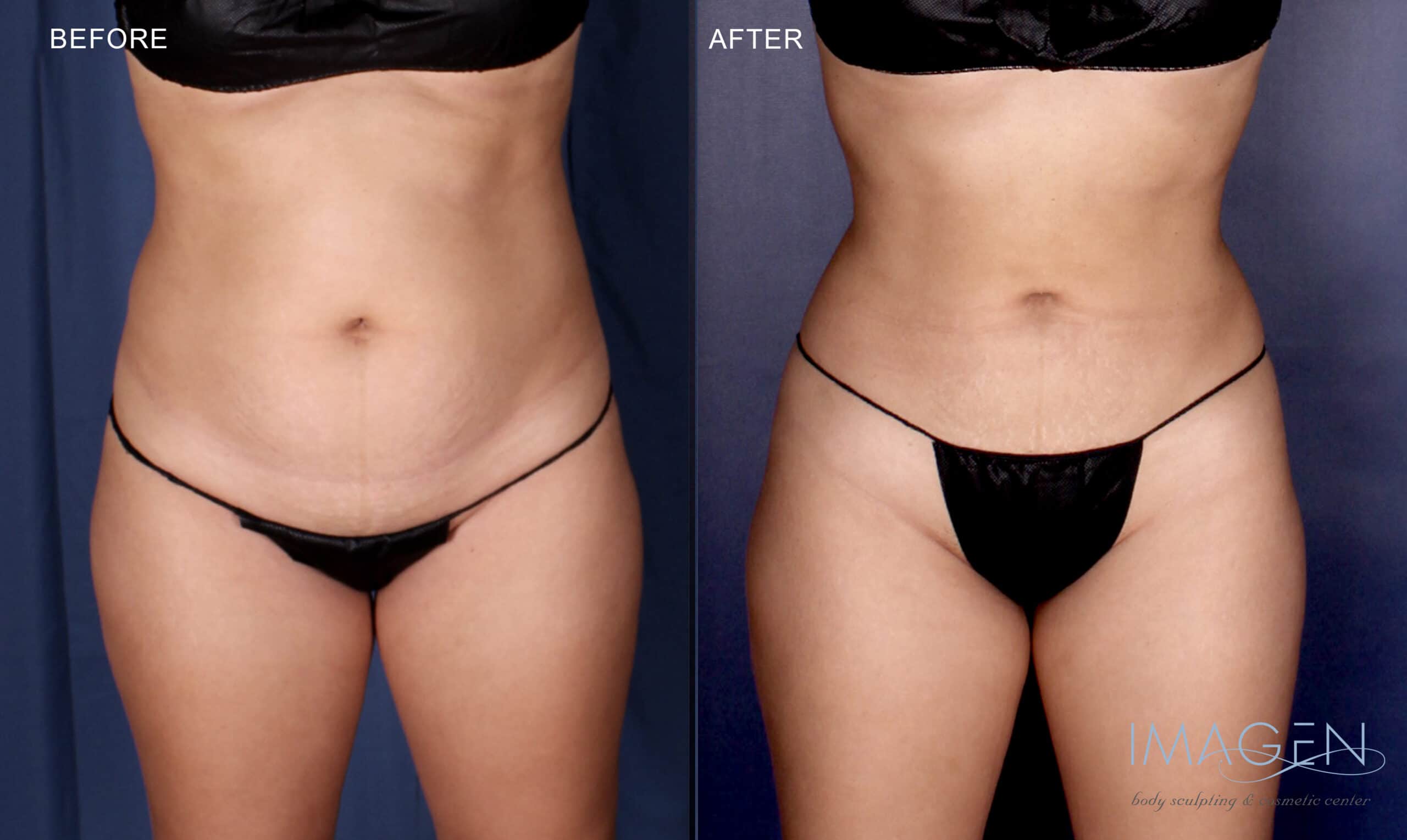
While you can return to most of your normal activities after undergoing breast reconstruction, you will not be able to engage in strenuous activities for several weeks. Follow-up appointments will be set up with Dr. Parva, and you will receive specific postoperative care instructions. Call the office to receive updates and discuss your experiences. You will not experience any complications after breast reconstruction. Recovery can take up two weeks.
Post-operative care
You can do a wide range of activities post-operatively for breast reconstruction. You can return to your regular activities after your stitches are removed. However, it is best to avoid strenuous activity. Tell your caregiver about what you are used to doing and they can plan activities around that. Walking can be resumed right after surgery, but driving and housework cannot be done until your drain is removed. Although you may be able to start exercising within six weeks, it is best to wait until your first appointment with your provider in order for them to assess your activity level.
You will receive a thick dressing to reduce swelling after surgery. The dressing will be removed in about a week, although it might stay put for a longer time. Some surgeons use wound drains to drain fluid and blood into small bags or bottles. These drains can be removed but will require care. You will need to follow up for a few days after surgery.

Symptoms
The hospital may require you to stay there for up to a week after your breast surgery. Instructions will be provided about what you should do for the following days and weeks. During this time, you will be much more tired than usual, so be sure to get plenty of rest. This time you might experience fever, increased redness and drainage from your incision site. You may also have to take antibiotics to reduce the risk of infection.
A common problem is swelling following breast reconstruction. There may be some swelling (called oedema) in your breast, chest wall, and upper arm. The swelling will subside as your chest heals. There may be a pulling sensation in your arms. This discomfort may be managed by your surgeon who may prescribe anti-emetic medication. You may need to take several weeks off work after your surgery to be able to resume normal activities.
Procedures
There are many types of breast reconstruction procedures. Each procedure has a different recovery process and requires different preparation. The first phase of the procedure involves stretching the skin over the donor site. Once the area is prepared, a silicone-gel- or saline based implant is placed. Once a week, the surgeon fills the tissue expander that remains attached to donor site. The tissue expander can burst during this phase and cause pain or infection. Once the implant is placed, it can be removed or reconstructed, which will restore the shape and size of the breast. TRAM flaps, which use tissue taken from the patient's abdomen in order to form a mound, are another type. These procedures may require additional sedate and may result in a cut of abdominal muscles or fat.
The recovery process can be more complicated than you expected. Some people feel better after only a few days. Other patients experience prolonged swelling or bruising that continues for months. But, not everyone will experience this. For this reason, a physical therapist or a counselor may be beneficial for patients. These individuals can help the woman through her emotional and physical recovery. A healthcare professional will also offer instructions on caring for breasts at home.

Recovery time
Patients recovering from breast-reconstruction surgery should expect some post-operative discomfort. The pain might be severe for the first 24hrs, but will gradually diminish over time. They may need pain medication or muscle relaxants. To reduce swelling and prevent fluid buildup, drainage tubes might be placed. After the incisions have been removed, patients may be able to return to daily activities, such as swimming or other strenuous activities.
Everyone is different and will need to take different time to heal from breast surgery. Many women can return to some light activity within four to six week of surgery. Some may need more time. Depending on your procedure, it may be necessary to avoid lifting heavy objects until your doctor allows you to do so. Breast reconstruction takes between two and six weeks to recover, while some patients may only need four weeks. For the first two week following breast reconstruction, it is recommended that you stay at the hospital for one or two days.